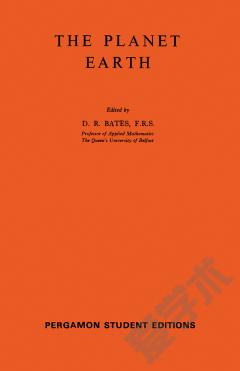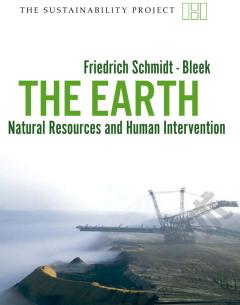The Planet Earth
The Planet Earth, Second Edition reviews remarkable advances in understanding the physical aspects of the Earth, including technical developments that have made various new types of observation and measurement possible, as well as a deepened understanding of the fundamental laws of nature that have given the necessary basis for the interpretation of many of the complex phenomena concerned. Topics covered include the Van Allen radiation belts, the Mohole project, continental drift and polar wandering, the theory of magnetic storms and aurorae; and the possibility of extra-terrestrial sources of life. This book is comprised of 18 chapters and begins with an overview of the work and achievements of the International Geophysical Year. The reader is then introduced to the Earth's physical properties such as the deep interior, crust, oceans, climate, and geomagnetic field, as well as its origin, age, and possible ultimate fate. Subsequent chapters explore the composition and structure of the Earth's atmosphere; the general circulation of the atmosphere and oceans; the ice ages; meteorology and weather forecasting; and experimental proof of the existence of the ionosphere. The airglow, aurorae and magnetic storms, meteors, cosmic radiation, and radiation belts are also described. The final chapter examines the genesis of life on Earth. This monograph is intended for students and practitioners of planetary and geophysical sciences.
{{comment.content}}








 京公网安备 11010802027623号
京公网安备 11010802027623号